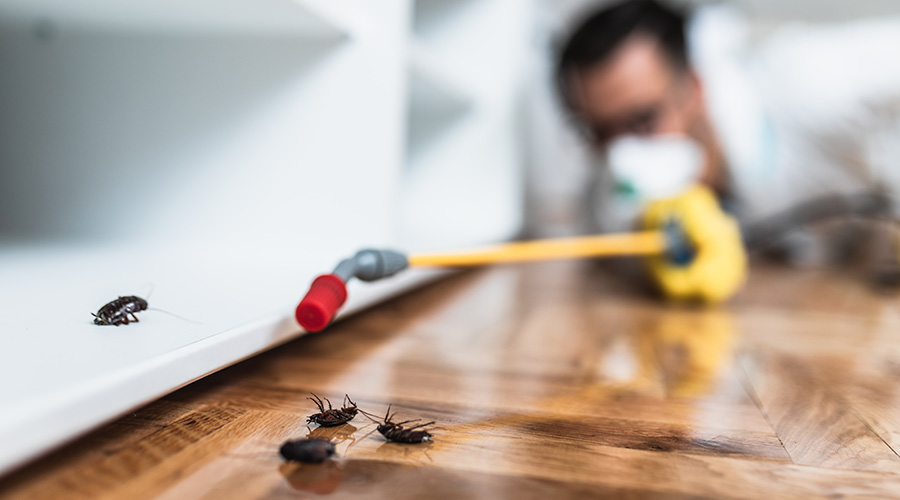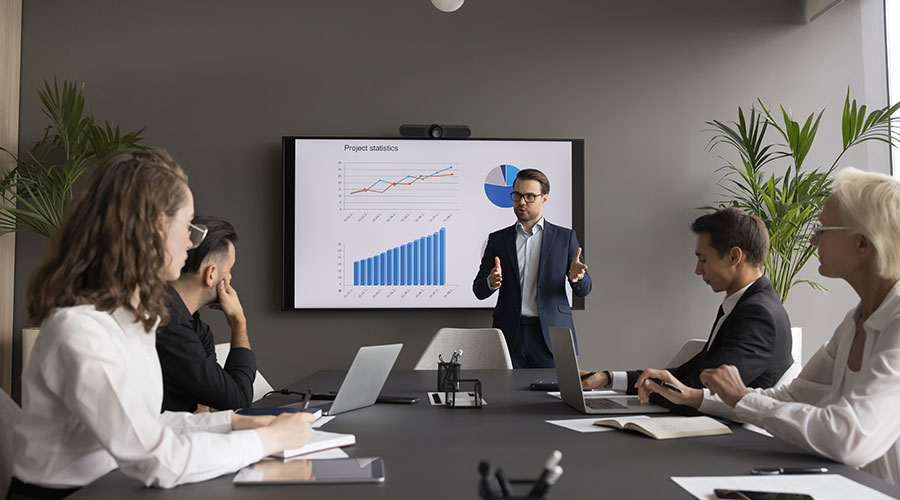Plumbing Upgrades a Good Place to Start for Water Conservation
The best news about first-step water efficiency projects is that they're relatively easy and inexpensive. For instance, putting aerators on faucets at about a $1 or less per fixture can pay back in less than a year. And in-house staff can usually perform the upgrade.
At Western Michigan's Health and Human Services Building, a LEED-EB Gold facility, Strazdas installed aerators that reduced the flow rate of faucets from 1 gallon per minute (gpm) to 0.5 gpm. Pospisil did the same thing at the FBI Chicago Regional Office building.
Flushometer retrofit kits can transform single-flush water-inefficient toilets into dual-flush water efficient toilets. This was another inexpensive measure both Strazdas and Pospisil employed.
"There was no way ownership would let us start removing fixtures in a new building," says Pospisil. The rebuild kits, at a cost of around $65 (Strazdas says his were about $35 each), were much cheaper and easier than changing out fixtures.
Irrigation water is another portion of a facility's water profile that can be reduced fairly easily. "We installed submeters for irrigation and were astonished at the amount of water we were using," says Pospisil. So the team installed a different sprinkler system and changed landscaping to native plants that require no irrigation. Pospisil says the irrigation system and landscaping alone save about 700,000 gallons of water per year. The water efficiency measures, taken together, represented a $5,000 investment which Pospisil says paid back in about eight months.
Strazdas also upgraded the irrigation for his LEED-EB initiative by tying in the system to his existing building automation system. "We use temperature, humidity and other characteristics and push those into the building brain to make smart decisions on when and how much to use water," he says. Water consumption at the Health and Human Services building dropped from 873,000 gallons per year to 634,008 gallons per year, a 27.4 percent reduction.
Pospisil and Strazdas say that none of these upgrades were made without informing and educating occupants. Keeping occupants in the loop regarding a LEED-EB initiative in general and water-efficient restroom strategies in particular is important, says Bodenhamer.
"A restroom is such a place of habit," she says. "So putting things in place to give them no choice but to save water is key."
Strazdas says by telling occupants about the aerators — even if they don't like them — you at least avoid complaint calls from folks who think there's something wrong with the water pressure in the pipes. Sometimes, people complain only because there's something new about which they were not informed, he says.
"Part of LEED-EB is that it forced us to do education," he says. "In the past, we did things in a vacuum and people found out later. Now, we're into good customer service, but with LEED-EB you have to go beyond that and educate."
Troy Aichele, president of Aichele and Associates, a water consulting firm, says establishing a Green Team to help spread the word about green initiatives is a must. Also, do lunch'n'learns and utilize the company newsletter to inform occupants about LEED. Do whatever you can to make sure that people know about the water efficiency initiatives before occupants actually come across them.
In the case of dual-flush toilets, make sure there is a placard or other instruction near the toilet so occupants understand how to use them. Encourage occupants that they don't need a "courtesy flush" before using a toilet, says Bodenhamer. Pospisil says part of his water efficiency campaign was to reprogram his automatic-flush toilets to eliminate that courtesy flush, resulting in an immediate 50 percent savings.
Via town hall meetings with tenants, Pospisil showed them resources like EPA's WaterSense, which provides information about why water efficiency is important.
And that's the rub. At the end of the day, the most important thing is simply finding the right mix of justifications.
First, facility managers — especially in areas where water is cheap — have to convince themselves that being water efficient can be beneficial beyond just payback. Because water efficiency is a requirement for certification, LEED-EBOM takes care of that— as it provides both the carrot (certification) and a systemized way to get there.
Then, showing occupants what you're doing and getting them on your side is a must for ensuring that technology and behavior complement each other for long-term savings.
"No one goes into the mechanical room, but everyone uses the bathroom," says Aichele. "Installing new water closets with green handles, for instance, tells everyone that the owner cares about our environment and that can change the culture of the building."
Pospisil agrees: "Communication to the tenant is key," he says. "People take water for granted, so you have to show how these initiatives benefit everyone."
Related Topics:












